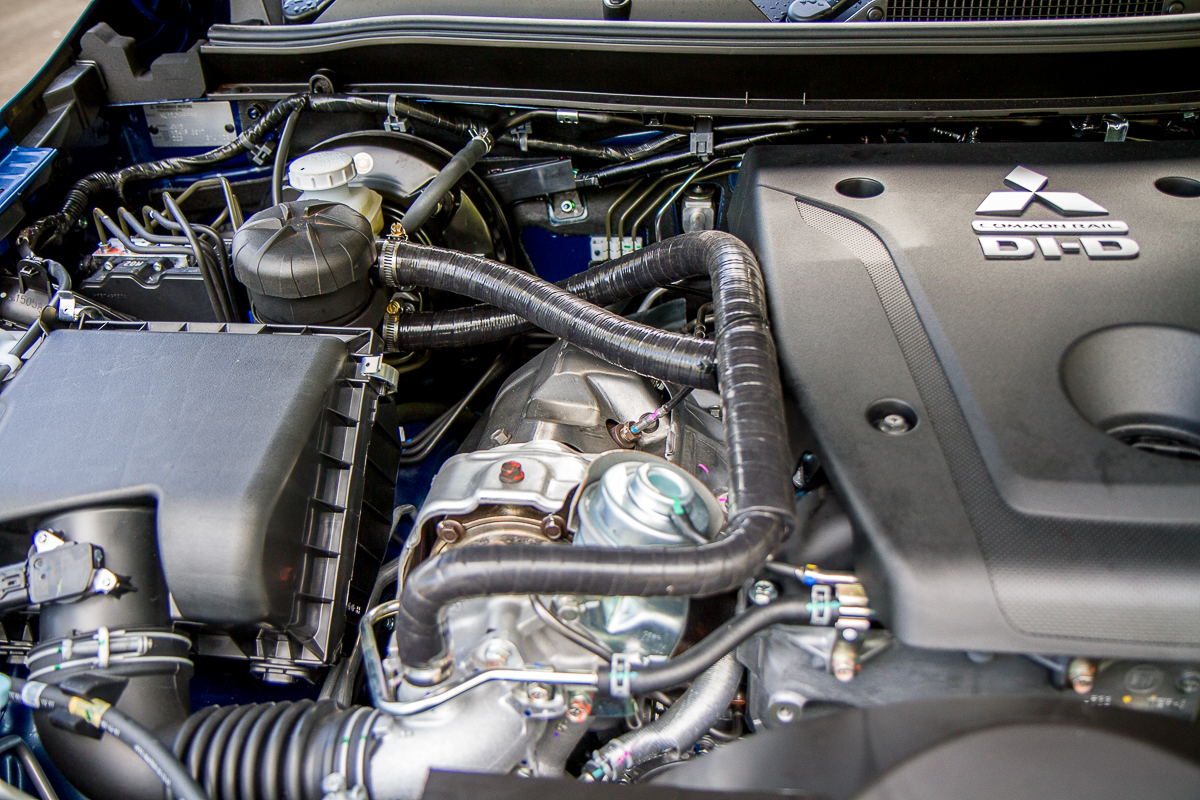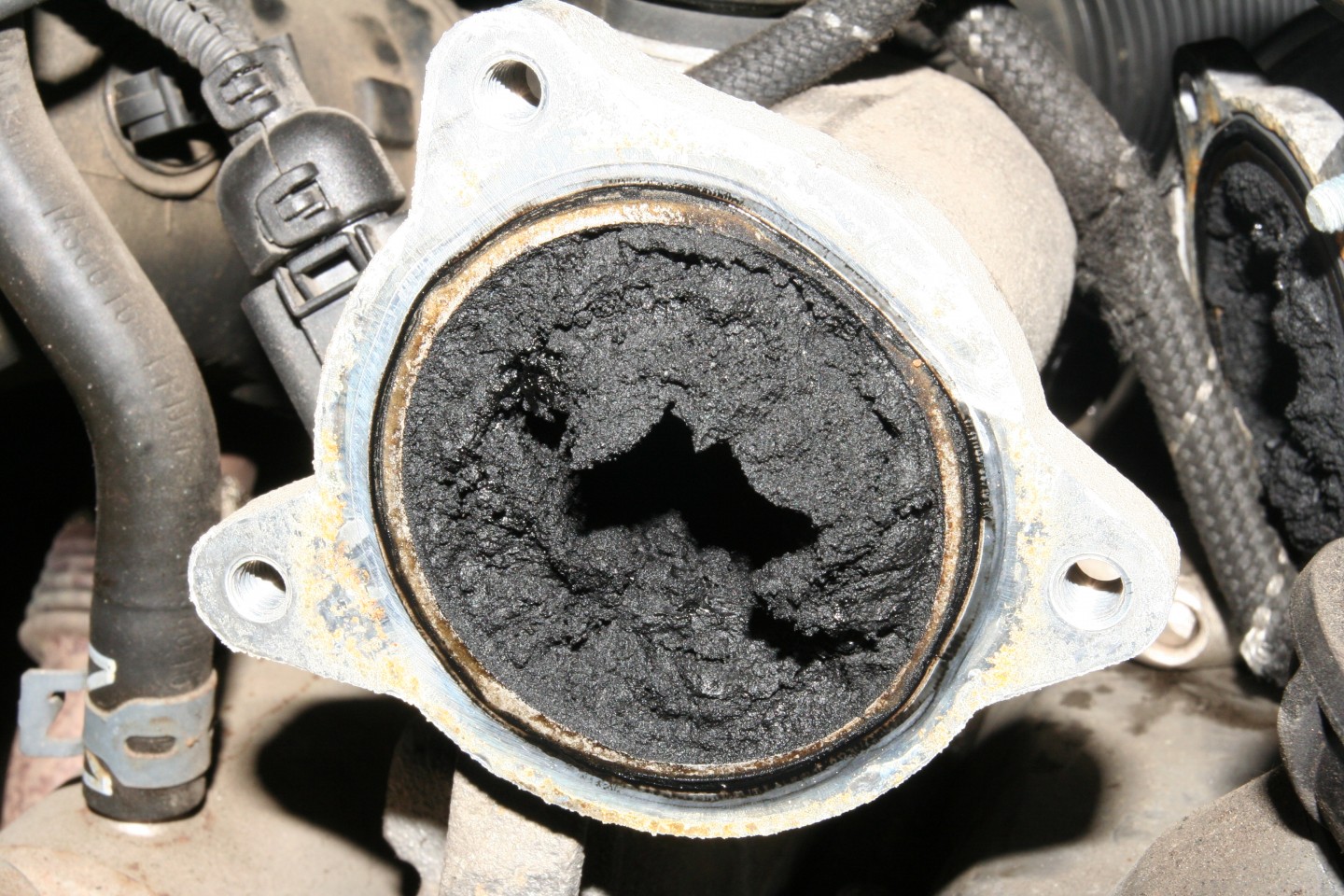Click here to read our FREE magazine!
Having had my little whinge about the Triton’s five year warranty exclusions, it’s time to post about the first Project Triton mod! The ProVent 200 oil separator.
No, it’s not the sexiest mod, but it’s the one that has the best chance of ensuring you have a relatively trouble free ownership experience and that’s not a given with the modern turbo-diesel engine.
Arguably the biggest issue experienced by owners of turbo-diesel engines (yep, injectors would be the other) is that their intake systems clag up with a putrid mixture of carbon and oil, eventually resulting in rough running, rapidly increasing fuel consumption and surging. This mess is the result of two emissions related systems that don’t play well together, the EGR or Exhaust Gas Recirculation system and the PCV or Positive Crankcase Ventilation system.

The EGR system allows oxygen depleted exhaust gases into the intake system, where they are used to control combustion and reduce the presence of nitrogen oxide. The PCV system allows the engine’s crankcase to breath and rather than venting to air, the system feeds the crankcase gases back into the intake system, where they go through the combustion process. When you plonk a turbo into the mix, the crankcase gases are very efficiently sucked out of the engine’s valve cover, along with a goodly quotient of hot oil mist.
Put the two systems together and you have dry exhaust gases mixing with hot oil mist, resulting in a carbon sludge that sticks to and builds up on the inner surface of the inlet manifold and EGR system. Over time this will cause the engine to use more fuel, run poorly and even catastrophically fail in extreme circumstances.

An EGR valve and intake manifold clogged with oily carbon mix
That’s the bad news. The good news is that fitting a quality oil-separator – you’ll notice I’m not calling it a ‘catch-can’ – will fix this issue forever and stop your intercooler from filling with oil.
Why not a run-of-the-mill catch-can? Well, there are plenty of fancy looking alloy catch-cans out there but none of them are designed to efficiently separate oil from the PCV gases like a genuine oil-separator. What you need is either a Mann Hummel ProVent 200 or a Flashlube Catch Can Pro. Importantly, they are both designed to effectively separate oil from the PCV gases and they both have pressure release valves that will prevent the engine crankcase over-pressurising.
Take a look at the following video. This is Project Triton with a little over 200kms on the clock after a short 3 minute warm up run. Check out those PCV fumes!
I had this particular ProVent fitted to my ML Triton ten years ago, and called it back into duty for Project Triton. Fitting it required fabricating a couple of brackets that attach to the brake master-cylinder bolts, and sorting out the hose runs. I’ve used top quality 25mm id fuel and oil resistant hose. The rocker cover PCV outlet is 19mm diameter but this 25mm hose clamps up over that without issue.
The outlet hose that runs from the ProVent and plumbs into the intake system in front of the turbo was fabricated using the original hose, a 19mm to 25mm reducer made from three pieces of pipe soldered into one ‘step down’ unit and a length of the 25mm oil resistant hose.

Both hoses have been wrapped in silicon heat tape as they straddle the turbo and DPF unit.
A drain hose with ball tap runs out of the base of the Provent and is strapped to the chassis, where it can be easily accessed and drained at service time.
All up it took a half day of mucking around with a welder and soldering iron to fabricate the pieces needed to get the Provent in place and working. The good news is you can buy a complete kit from places like Berrima Diesel and Western Filters, that includes the ProVent and everything you need to fit it to your MQ, and many other late model turbo-diesel vehicles. At around $350.00 these kits aren’t cheap, but they are THE BEST way to beat carbon sludge in your turbo-diesel.
Get onto it before it’s too late!
More: Project Triton
We’ll be documenting the Project Triton build on this website, and including feature articles on each segment of the Project Triton build in our upcoming FREE eMag issues that you can subscribe to here – The Magazine






GIPHY App Key not set. Please check settings